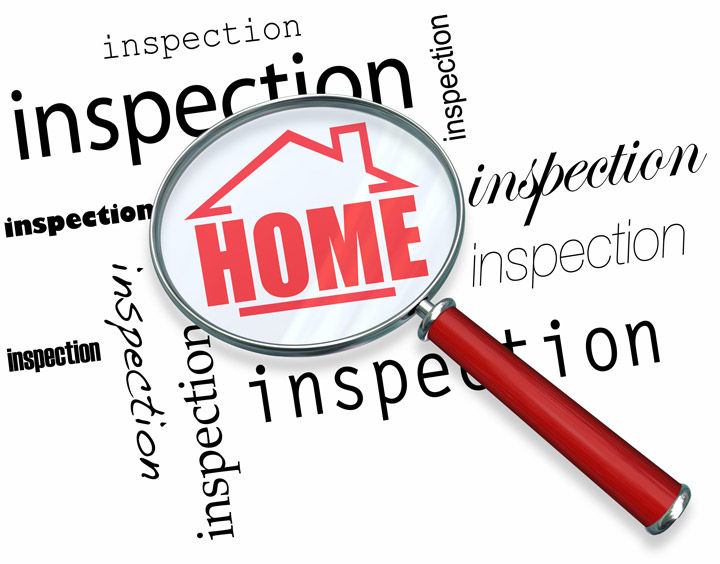
What Goes Into an Appraisal?Getting real estate is the biggest transaction many of us could ever encounter. Whether it's a main residence, a second vacation property or a rental fixer upper, purchasing real property is a detailed transaction that requires multiple people working in concert to see it through. You're likely to be familiar with the parties taking part in the transaction. The real estate agent is the most recognizable entity in the exchange. Then, the lender provides the financial capital necessary to bankroll the exchange. The title company sees to it that all details of the sale are completed and that a clear title passes from the seller to the purchaser. So, who makes sure the value of the property is consistent with the purchase price? This is where the appraiser comes in. We provide an unbiased opinion of what a buyer might expect to pay — or a seller receive — for a parcel of real estate, where both buyer and seller are informed parties. A licensed, certified, professional appraiser from Goodfellow Appraisal Co. will ensure, you as an interested party, are informed. Appraisals begin with the home inspectionTo determine an accurate status of the property, it's our responsibility to first complete a thorough inspection. We must see features hands on, such as the number of bedrooms and bathrooms, the location, living areas, etc, to ensure they truly are there and are in the shape a typical person would expect them to be. To ensure the stated square footage is accurate and document the layout of the house, the inspection often requires creating a sketch of the floorplan. Most importantly, we look for any obvious amenities - or defects - that would affect the value of the house. Once the site has been inspected, an appraiser uses two or three approaches to determining the value of real property: paired sales analysis and, in the case of a rental property, an income approach. 
Replacement CostThis is where the appraiser gathers information on local building costs, labor rates and other elements to ascertain how much it would cost to build a property similar to the one being appraised. This value often sets the maximum on what a property would sell for. It's also the least used method. 
Sales ComparisonAppraisers are intimately familiar with the neighborhoods in which they appraise. They innately understand the value of specific features to the people of that area. Then, the appraiser looks up recent sales in the area and finds properties which are 'comparable' to the real estate in question. Using knowledge of the value of certain items such as fireplaces, room layout, appliance upgrades, additional bathrooms or bedrooms, or quality of construction, we adjust the comparable properties so that they more accurately match the features of subject property.
After all differences have been accounted for, the appraiser reconciles the adjusted sales prices of all the comps and then derives an opinion of what the subject could sell for. When it comes to knowing the true worth of features of homes in Arlington and Bennington, Goodfellow Appraisal Co. can't be beat. The sales comparison approach to value is typically awarded the most importance when an appraisal is for a real estate purchase. Valuation Using the Income ApproachA third way of valuing approach to value is sometimes employed when a neighborhood has a measurable number of renter occupied properties. In this case, the amount of revenue the real estate generates is taken into consideration along with other rents in the area for comparable properties to determine the current value. Coming Up With The Final ValueExamining the data from all applicable approaches, the appraiser is then ready to state an estimated market value for the property at hand. The estimate of value at the bottom of the appraisal report is not always what's being paid for the property even though it is likely the best indication of what a property is worth. Depending on the individual circumstances of the buyer or seller, their level of urgency or a buyer's desire for that exact property, the closing price of a home can always be driven up or down.But the appraised value is typically employed as a guideline for lenders who don't want to loan a buyer more money than they could get back in the event they had to put the property on the market again. It all comes down to this, an appraiser from Goodfellow Appraisal Co. will help you attain the most fair and balanced property value, so you can make profitable real estate decisions. |